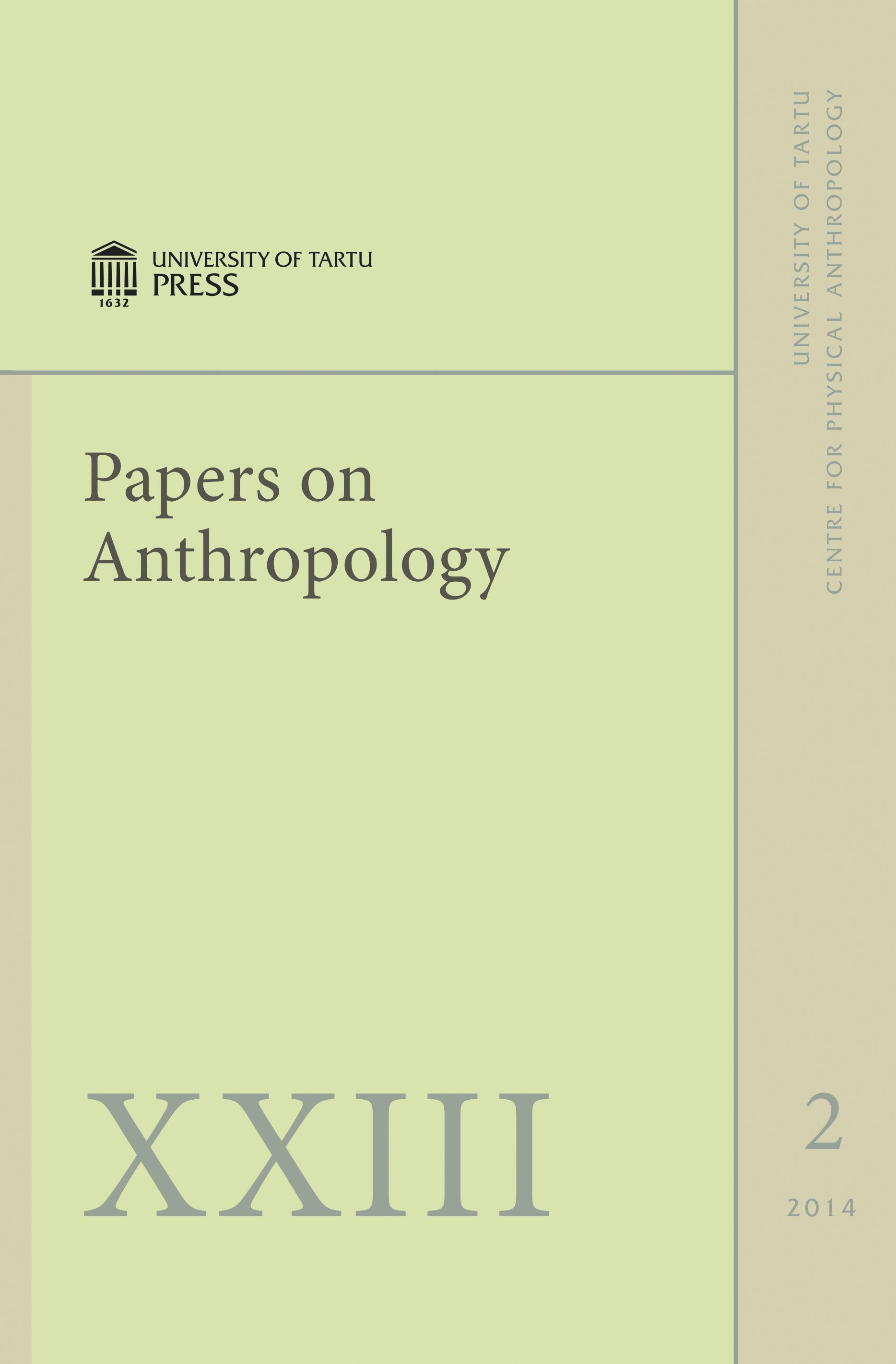Sports anthropological study of somatotypological changes in obese patients during a two-week inpatient rehabilitation program
DOI:
https://doi.org/10.12697/poa.2014.23.2.07Keywords:
somatotypes, obese patients, sports anthropology, inpatient rehabilitationAbstract
The aim of this exploratory study was to examine whether a two-week rehabilitation program (1800 kcal/d, 3×30 min gymnastics, 3×30 min water aerobics and 5×30 min ergometer training per week) is sufficient to register measurable somatotypological changes.
43 patients (26 men, 17 women) were examined (BMI span 25.7 kg/m² – 55.2 kg/m², the age range 19–73 years, the average height males 180.5 cm, females 167.2 cm, the average weight of men 116.7 kg, the average weight of women 97.8 kg).
After 2 weeks the men had lost 3.78 kg and the women had lost 1.86 kg on average.
The mean BMI of the men (women) was at the beginning 36.8 kg/m² (34.2 kg/m²), at the end 35.3 kg/m² (33.5 kg/m²).
In the chessboard graphics after Conrad a left shift from the hyperplastic pole to the hypoplastic pole can be seen. Compatible with this observation is the significant change in the plastic index for men. In the somatochart after Heath & Carter a slight shift of patients toward the center and toward the mesoendomorphic sector after the treatment can be seen. The changes are statistically highly significant for the mesomorphy, the endomorphy and the ectomorphy.
Further studies in larger study cohorts and over longer periods, however, are needed to confirm these tendential changes.

